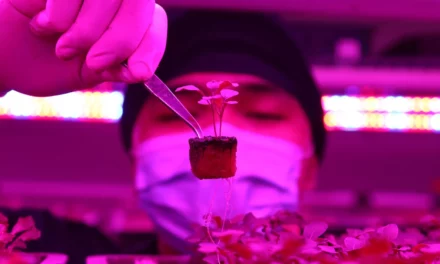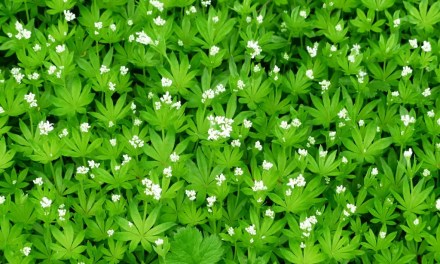Growing your own produce is a smart way to save money on groceries. Use these tips to maximize your food budget with delicious homegrown veggies.(Vegetable Garden)
Eating veggies you grew in your own garden can be incredibly rewarding. Of course, there’s the sense of accomplishment you get from raising that perfect sun-ripened tomato or basketful of tender green beans. And many people feel that homegrown often tastes better than store-bought produce.
_______________________________________________________________________
Buy Organic Products Online at best prices at https://www.getgreen.co.in .
________________________________________________________________________
But, with produce prices predicted to increase 2-3% this year, per the Consumer Price Index, growing a vegetable garden also can be a great way to save some money on groceries. On average, the cost of setting up a vegetable garden is $238, according to a gardening study published in the Journal of Extension, with the average home vegetable garden producing a yield worth $677.
“I save around $100 a month,” says Ja-ne de Abreu, author of Sassy Food, on growing veggies at home. “Sometimes more depending on the season and trades. Regardless of the money, it is fun and brings me and my family peace.”
_______________________________________________________________________
Read Also : How Much to Plant per Person in the Vegetable Garden
________________________________________________________________________
Of course, your individual bottom line will depend on factors like how many vegetables you’re growing, the space, and the type of materials. An Investopedia report on gardening costs notes that some of the expenses to expect when starting your own vegetable garden are the cost of the plants or seeds, nutrient-rich soil additives such as compost, specialized tools, and utilities such as water for your crops.
Yet, growing your own vegetables (even if it’s just a few veggies in your kitchen) can be well worth it. Use these expert tips to help you save you money by growing your own fresh, healthy veggies.
Choose Vegetables That Work in Your Climate
Before you start your vegetable garden, make sure you understand the climate you live in, and choose vegetables that are best suited for it. “It’s important to understand the environmental factors that can affect your harvest, such as sunlight, frost, and pests,” says Nicole Stefanow, registered dietitian nutritionist. Knowing what will grow best in your climate-and whether they are cool-season veggies or grow spring to fall-is the key to setting up your garden in a cost-effective way, instead of wasting money and time on plants that are not right for your garden.
Grow Easy, High-Yielding Vegetables You Use Most
Make sure you select vegetables you enjoy that are relatively easy and budget-friendly to maintain but produce a lot, so that your vegetable garden actually saves you money. For example, if you want to eat fresh salads daily, it would make sense to raise lettuce and other greens, which grow quickly and easily in home gardens.
“Lettuces are one of the fastest growing vegetables you can produce at home,” says Andrew Gaumond, horticulturist, botanist, and director of content at Petal Republic, a resource guide for plants and flowers. “Sowing to harvest can take as little as three to four weeks.”
Onions and garlic are popular in so many recipes and dishes; growing your own will definitely save you money if you use them often. They’re very easy to care for and they don’t need much room so you can grow a lot of them even in smaller gardens.
Tomatoes are perfect for beginners and grow well in a range of climates and spaces. Most varieties produce a high yield, too. They can get pricey in stores (especially heirloom varieties) so raising your own can help your bottom line.
_______________________________________________________________________
Read Also : How To Build A Vertical Vegetable Garden
________________________________________________________________________
In addition to vegetables such as tomatoes, Jill Sandy, founder of home and gardening blog Constant Delights, recommends growing other “money crops” like berries, and herbs. “These cost a decent amount of money in grocery stores, so having them grow in your own yard can save you hundreds of dollars,” she says.
Maximize Every Vegetable Growing Space
De Abreu suggests planting your veggies in a raised bed if you’re planning on growing outdoors in your backyard. If your space is more limited, try vertical gardening, container gardening, and trellises to grow as much as you can in small areas.
“From simple hanging herb gardens, to a few small planters on a balcony or patio, we’re able to grow an array of fruits and vegetables in most climates in virtually any space,” says Gaumond. All you need to do is get growing so you can start saving.








